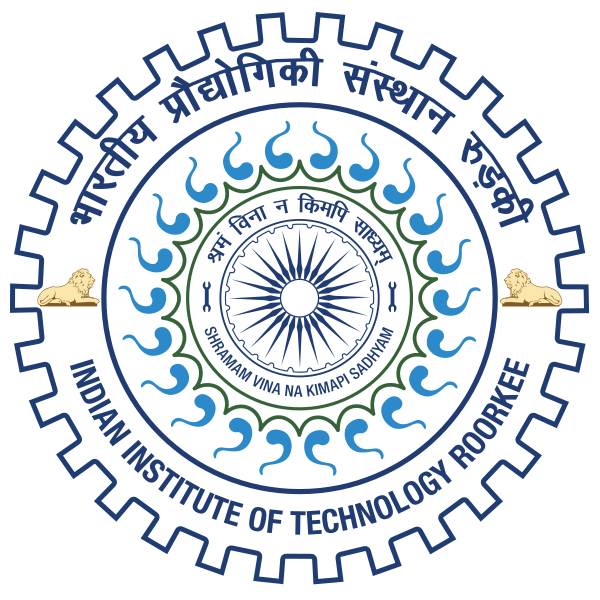Please use this identifier to cite or link to this item:
http://localhost:8081/jspui/handle/123456789/18390Full metadata record
| DC Field | Value | Language |
|---|---|---|
| dc.contributor.author | Gupta, Kavita | - |
| dc.date.accessioned | 2025-10-28T16:11:55Z | - |
| dc.date.available | 2025-10-28T16:11:55Z | - |
| dc.date.issued | 2024-05 | - |
| dc.identifier.uri | http://localhost:8081/jspui/handle/123456789/18390 | - |
| dc.guide | Sadhukhan, Shubhajit | en_US |
| dc.description.abstract | There are several Indian cities like Ajmer, Varanasi, Agra, Orchha, Khajuraho, Gwalior, etc which are historically and culturally rich and are popular among the tourists. However, such cities are facing decline due to over-tourism, commercialization, pace, and the scale of development, etc. So, there is a need to deal with such issues and make cities more livable for their residents and tourists. One such city is Gwalior which holds a 1750-year legacy and has witnessed eras of Mughal, Rajput, Colonial, and Maratha rule. It is well known for its rich culture and heritage. Recently, the city has been added to the creative cities network by UNESCO and designated as a ‘City of Music.’ It was also selected by UNESCO for the HUL (Historic Urban Landscape) project in 2021. This study aims to develop strategies for development of Sustainable HUL in Gwalior city. To achieve this aim, three objectives have been proposed, first is to map the Historic Urban Landscape in Gwalior city. The second is to assess the current issues for development of Sustainable HUL in Gwalior city. And the third objective is to recommend strategies for development of Sustainable HUL in Gwalior city To achieve the first objective, the concept of HUL, principle features, application, toolkit, components, and its achievable outcomes have been discussed. There are two major components of the city i.e. cultural and natural. Under the cultural component, the focus is on understanding the tangible and intangible heritage, city structure, indigenous communities, etc. And within natural components, topography, hydrology, flora, fauna, etc are studied. The tourism development zone has been delineated by documenting and mapping cultural and natural components of the city in ArcGIS through various secondary and primary data sources. | en_US |
| dc.language.iso | en | en_US |
| dc.publisher | IIT, Roorkee | en_US |
| dc.title | DEVELOPMENT OF SUSTAINABLE HISTORIC URBAN LANDSCAPE IN GWALIOR CITY | en_US |
| dc.type | Dissertations | en_US |
| Appears in Collections: | MASTERS' THESES ( A&P) | |
Files in This Item:
| File | Description | Size | Format | |
|---|---|---|---|---|
| 22511005_KAVITA GUPTA.pdf | 12.15 MB | Adobe PDF | View/Open |
Items in DSpace are protected by copyright, with all rights reserved, unless otherwise indicated.

